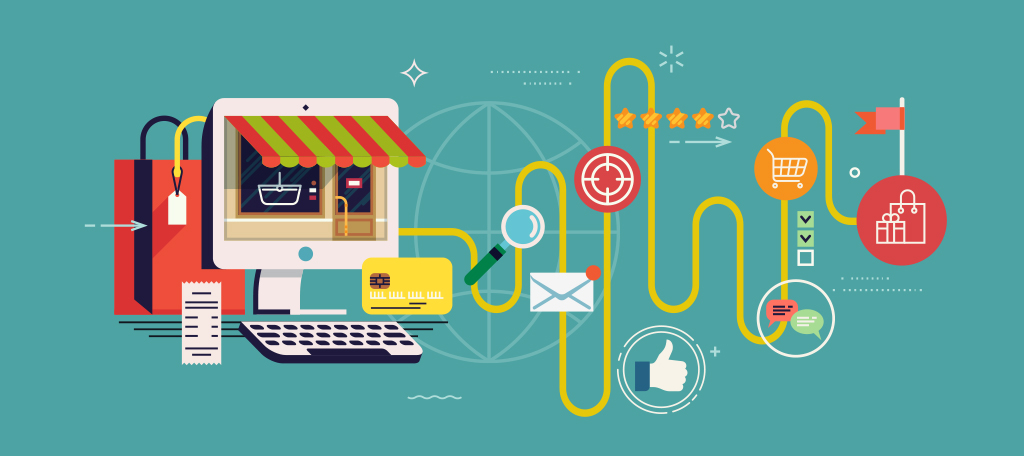By Paula Courtney
CEO, The Verde Group.
Consumers and what they expect from your brand are changing but that’s not really news. Customers are always changing – their needs and expectations are always in flux, always evolving. But over the last decade, and certainly within the last 18 months, technology and the pandemic have shifted what matters most to them like never before.
A recent Accenture survey1 of 25,000 consumers across 22 countries uncovered that a startling 50% of respondents, named “the Reimagined”, indicated the pandemic has made them revise their personal purpose and what’s important in their life. And 72% of this group expect companies they do business with to understand and address how their needs and objectives have changed.
At a high level, Accenture’s research is consistent with the Verde Group’s. But while the pandemic may have accelerated CX expectations from these Reimagined consumers, the fact is, in large part thanks to technology, their mindset and expectations have been evolving in this direction for some time.
The need for speed
One of the biggest clues to this emerging trend is a function of how digital and social media are redefining and setting a new standard around our expectation for speed. We now live in a world of instant: instant ordering, instant delivery, instant gratification. And our compressed notion of time has set the bar exceptionally high for what consumers expect from the brands they buy from.
Just think back a couple of years to our pre-COVID and pre-digital world, when you more often physically traveled to a mall, physically walked from store to store, physically tried on clothes or shoes or moseyed around home stores to touch and feel furniture or kitchen wares, not to mention physically interacted with salespeople and waited in line to pay. While some of that experience is returning, much of it has been replaced with push ads on Facebook or Instagram that send you to your brand’s e-commerce site or to Amazon’s one-click shopping and delivery to your front door the next day or better yet, a few hours later.
The savvy consumer
Another big change, that’s also tied to technology, is the increasing savviness of consumers. There was a time when customers expected and relied on store salespeople to inform them. No more. Now there’s increased pressure on retailers to hire staff who are more competent about the products they’re selling than customers who can find much of the information they want with a click or two on Google. In short, the internet’s easy access to information has made consumers virtually self-sufficient.
Are we there yet?
The operative word here however is “virtually” because the reality is the fast and frictionless sales experience isn’t perfect yet and heightened CX expectations still often bash into real life limitations. Here’s a perfect example. A few weeks ago, I ordered two pairs of shoes online, one a fancy pair from a brand made famous by Sex And The City and another from the brand that still inspires us to just do it. I already have shoes from the fancy brand and know my size so I ordered them online and received them five days later. But the order was a complete miss. The shoes were about two sizes too small (something the company should have warned me about before I clicked ‘purchase’) and the exchange process was onerous – printing return labels, scheduling and waiting for a courier – so much so that the entire experience has made me rethink buying online from this brand ever again.
I’m not alone in my frustration. While most retailers solve customer issues, only 58-70% of customers report being completely satisfied with the resolution to their issue. That’s worth paying attention to: according to our research effective problem resolution is even more important than a frictionless experience in terms of driving customer loyalty. (Verde/Baker/Wharton Retail Study, 2020)
Another area for improvement is in the customer self-help I mentioned earlier. While the information consumers want is certainly out there, we’re often subjected to an overwhelming amount of it – for instance a sea of conflicting online reviews that often make decisions on what to buy overwhelming. What’s more, in its urgent rush to encourage purchasing self-sufficiency, often to decrease labor costs, too many retail call centers still keep to traditional business hours – that’s far from ideal for those of us who prefer shopping after the kids are in bed. Where’s the support then? Worse, we’re often subjected to automated chat bots that don’t provide the answers or specificity needed to close the sale with confidence. This is a bigger deal than it may seem: hassle-free customer support can increase purchase intent by up to 40% for consumers across all retail categories. (Verde/Baker/Wharton Retail Study, 2020)
Which is all to say that brands still have a lot to figure out – speed is one thing (and often a double-edged sword that can heighten unrealistic expectations) but properly informing consumers and helping them avoid making mistakes pre-purchase can lead to disappointment as well as missed opportunities like cross-selling or upselling before they click ‘purchase’.
Finally, and especially post-COVID, for all the convenience digital and so-called social channels can provide, brands may be missing real-world opportunities to satisfy consumers’ expectations around product and service performance and the fundamentals of their value proposition.
In an increasingly digital world with less human contact, and where many consumers have lost faith in brands, in institutions and even in science, a key challenge ahead will be in building and rebuilding trust and satisfying the need for real human contact.
1 Accenture Global Consumer Pulse Research 2021
